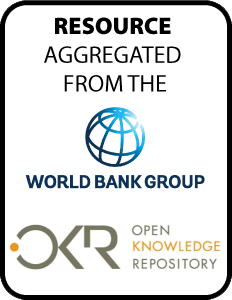of Rural Households : Evidence from the Nepal Poverty
Alleviation Fund
Resource information
The Nepal Poverty Alleviation Fund is a
World Bank supported community-driven development program.
Its objective is to improve rural welfare, particularly for
groups that have traditionally been excluded for reasons of
gender, ethnicity, caste, and location. Since its launch in
2004, the Fund has covered the 40 poorest districts of the
country, supported some 15,000 community organizations, and
benefited more than 2.5 million people. This paper attempts
to estimate the impact of this large-scale program using a
randomized phase-in approach, in which certain localities
are randomly selected for earlier intervention than others.
Using two rounds of survey data and a
difference-in-difference combined with instrumental variable
estimation method, it finds statistically significant causal
impact of the program on key welfare outcomes. The
treatment-on-the-treated estimate on real per capita
consumption is 19 percent growth. Other impacts include a 19
percentage points decline on incidence of food insecurity
(defined as food sufficiency for six months or less) and a
15 percentage points increase in the school enrollment rate
among 6-15 year-olds. Impacts (positive or negative) are yet
to be detected on indicators associated with child
malnutrition, social capital, and empowerment. The policy
implications of these results should be of interest to the
government and to development partners in determining what
may be effective instruments to deliver services to
marginalized communities in what remains a fragile and
difficult political environment.


